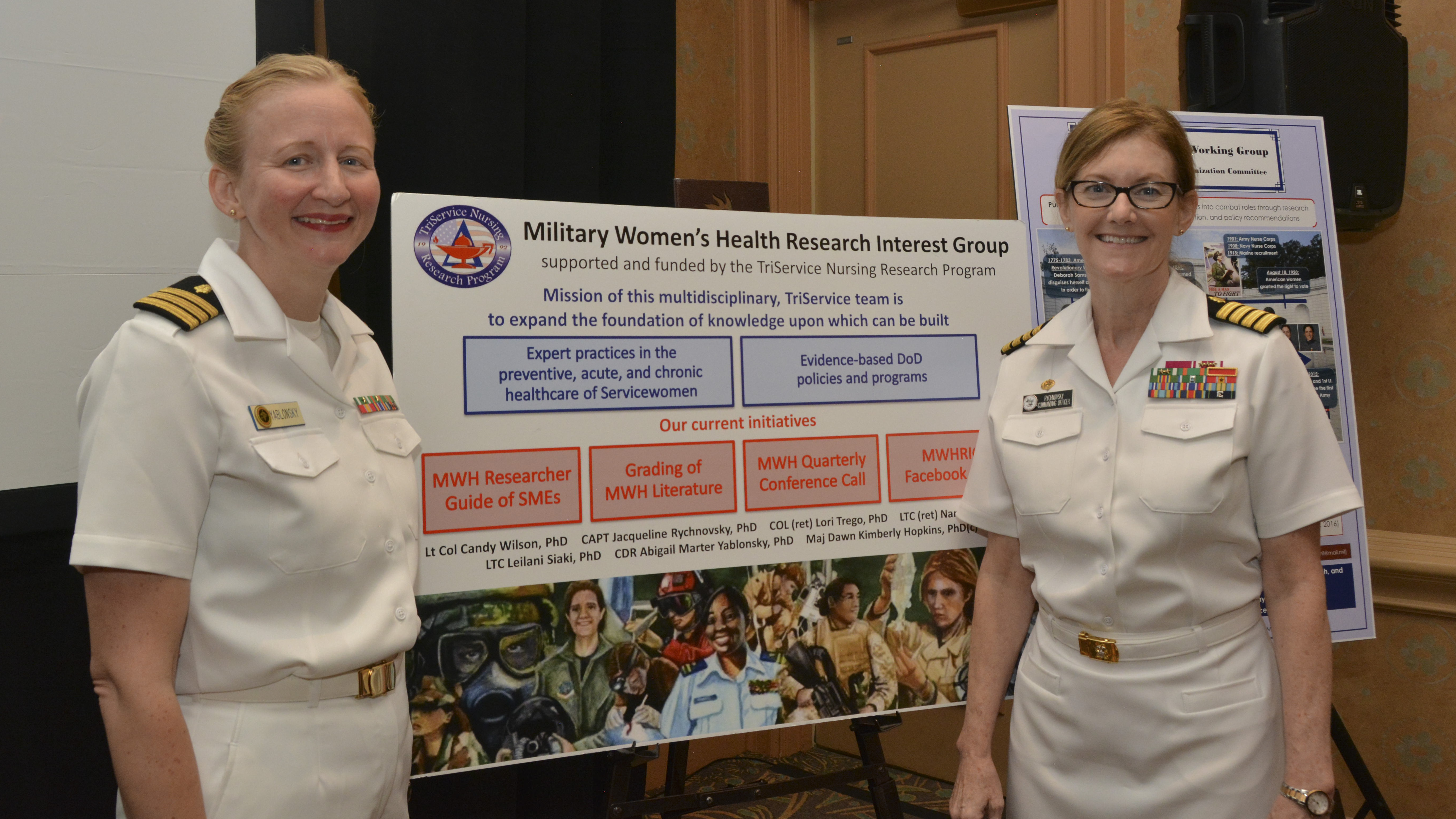By André B. Sobocinski, historian, BUMED
When you … arrive at Thompson’s Island you will investigate with utmost care the origins, progress and present state of the sickness which prevails on the island and in the Squadron.”
~Secretary of the Navy Samuel Southard to Commodore John Rodgers, October 1823
W hen the United States acquired the Spanish colony of Florida in 1821, Key West was nothing more than a sleepy fishing village known as Cayo Huesa (“Bone Reef”). Seeing the strategic value of the property, the Navy took control over Key West in March 1822 and renamed it “Thompson’s Island” in honor of the Secretary of the Navy, Smith Thompson.
For a time, Thompson’s Island was the home of the Navy’s West Indies Squadron and its base of operations in a campaign against the last vestige of Caribbean pirates. It was not long however before disease overtook piracy as the greatest threat to the squadron. In 1823, Thompson’s Island served as the site for one of the first military medical investigations into the cause of Yellow Fever.

The trouble began on August 19, 1823, when a Sailor from USS Decoy came ashore suffering muscle aches and gastrointestinal pain. The doctor on duty found the Sailor’s skin cool and clammy; his respiration short, his vomit black and “yellowness was diffused over his face, neck and breast.”
The fever soon spread throughout the island. Within a week over 30 Sailors and Marines were stricken with Yellow Fever. Even Commodore David Porter, commander of the naval station, was reported to be in a “state of great debility.”
September 21, the new Secretary of the Navy, Samuel Southard reported to President James Monroe that 11 Sailors had died on Thompson’s Island and at least 21 others, including the station’s surgeons, were sick.
Southard ordered a special Navy mission to Thompson’s Island to investigate the causes of the fever. Commodore John Rodgers, USN, would oversee the medical task force comprising three of the Navy’s most accomplished physicians—Surgeons Thomas Harris, Richard K. Hoffman, and Bailey Washington. Each was assigned to Rodgers aboard USS Shark.

the cause of Yellow Fever. Washington and his medical team identified
temperature and “continued annoyance” of mosquitoes and two of the likely
causes. Courtesy of the Smithsonian American History Museum
Rodgers and his medical task force arrived on the island October 23, 1823, only to discover that Commodore Porter and much of the station had fled. Of the 140 Sailors and Marines remaining, 59 were sick with fever, several of whom were being treated at the hospital under the care of Surgeon Thomas Williamson, USN. Rodgers noted that the fever had become quite mild but also the Sailors had become quite unruly in Porter’s absence.
Surgeons Harris, Hoffman, and Washington walked the island studying every topographical feature and collected clues with the thoroughness of forensic scientists. They noted that over half the island was covered in salt water and fresh water ponds, the latter being covered with decomposing vegetable and animal matter; they suspected the resulting “miasma” (literally “bad air” ) would have had a powerful effect on the populace and their health.
The surgeons drafted a report to Secretary Southard October 29 outlining six causes of Yellow Fever—sudden exposure to tropical climates; lack of comfortable quarters; intemperate habits; lack of fresh and wholesome provisions; “continued annoyance” by mosquitoes and sand-flies; and so-called “depressing passions,” arising from the prevailing epidemic.
Harris, Hoffman, and Washington had gone as far as medical science could without pinpointing the mosquito as the sole cause of the epidemic. More interesting, the surgeons noted that the disease only seemed to be present when the temperature exceeded fifty degrees. It could be argued they were just twelve degrees away from a significant breakthrough. Mosquitoes will not bite when the temperatures drop below 62 degrees Fahrenheit.
Although the fever on the island subsided as the weather cooled, at least 21 officers and an untold number of enlisted, died from the disease. The surgeons suggested that the fever would more than likely return to the island as the temperatures grew warmer. President James Monroe later praised Commodore Rodgers and the “skillful” [sic] surgeons in his address to Congress in December 1823.
The future of the naval station remained in question until another Yellow Fever epidemic lead to a string of agonizing deaths in 1824. May 24, 1825, Secretary Southard ordered Commodore Lewis Warrington, the new Commander of the West Indies Squadron, to relocate to a West Florida town called Pensacola. A year later, in December 1826, the Navy officially disestablished its base on Thompson’s Island.
 Navy Medicine World Class Care… Anytime, Anywhere
Navy Medicine World Class Care… Anytime, Anywhere





